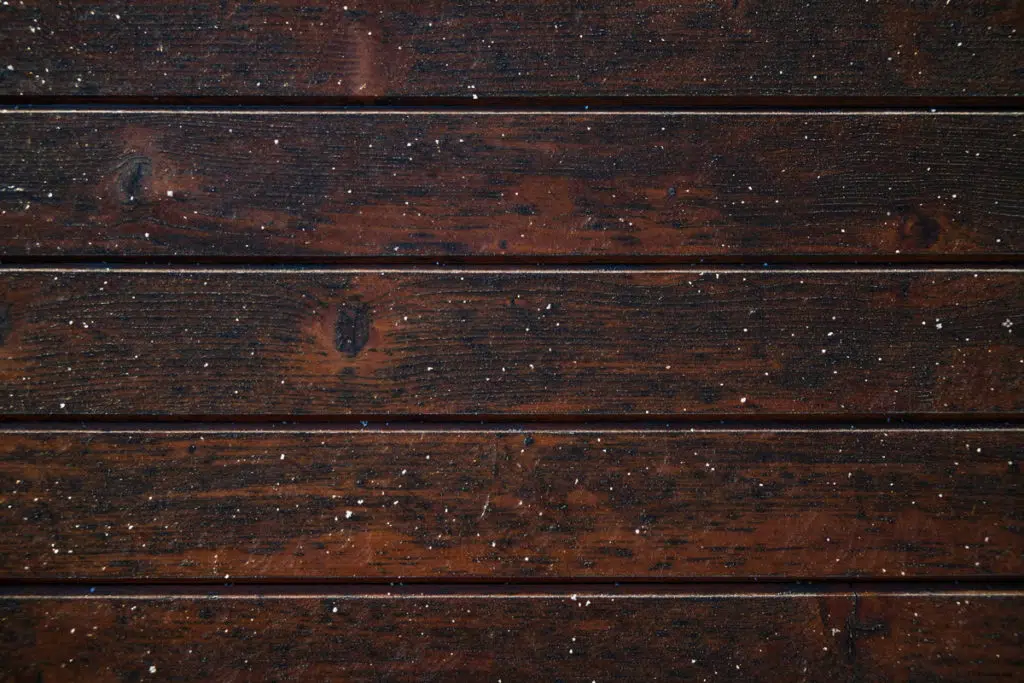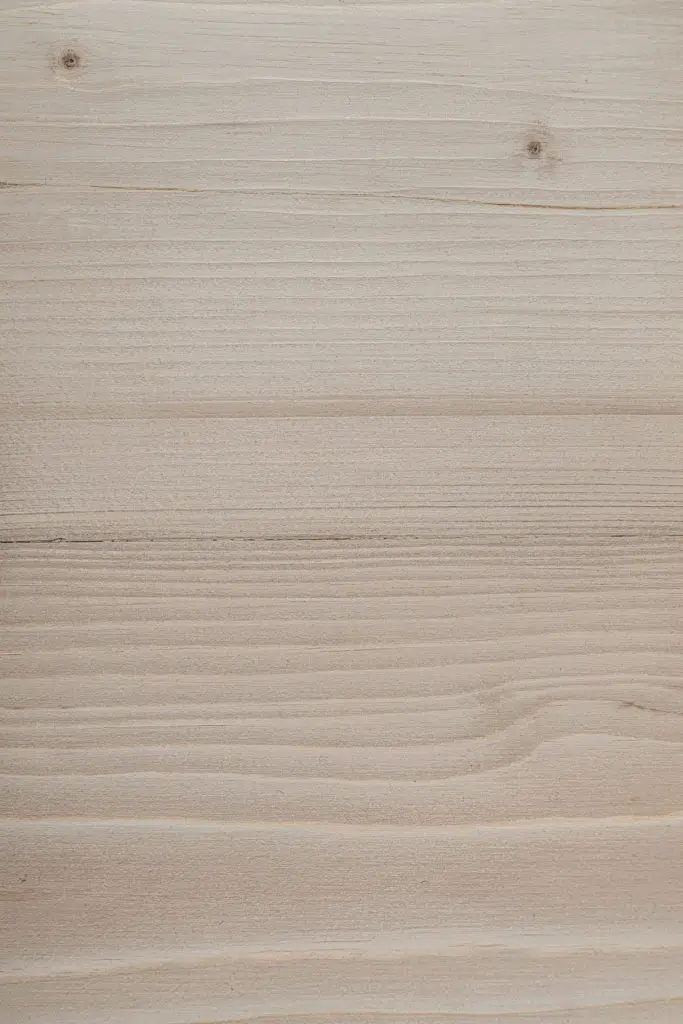
When you think of shiplap, you probably envision rustic walls in a cozy farmhouse. But did you know that it can also be used for ceilings? Adding to your ceiling can give your room a fresh, charming look. It’s a versatile, affordable option that can fit various modern and traditional styles. Let’s dive into why it’s great for ceilings, and how to install it yourself.
What is Shiplap?
It’s a wooden board that creates a watertight seal in building structures. Historically, it was used for exterior walls of barns, sheds, and ships—hence the name. The boards have a special rabbet or notch cut into their edges, allowing them to overlap snugly. This overlapping design gives its distinctive look: a series of horizontal lines with small gaps in between.
Why Use Shiplap on Your Ceiling?
There are several benefits:
1. Aesthetic Appeal: Shiplap adds texture and interest to a ceiling, transforming a plain, flat surface into a visually appealing focal point. It works well with various interior styles, including farmhouse, coastal, rustic, and contemporary.
2. Concealment: Shiplap can hide imperfections in your ceiling, such as cracks, stains, or uneven surfaces. It can also cover unsightly wiring or pipes, providing a cleaner look.
3. Durability: Panelling Direct Shiplap is made of high quality timber, which is naturally durable and long-lasting.
4. Versatility: You can paint or stain to match your decor. Shiplap can be customized to suit your taste, whether you prefer the natural wood look or a crisp white finish.
5. Value Addition: Can increase the value of your home. It’s an attractive feature that potential buyers find appealing, giving your property an edge.
How to Install Shiplap on Your Ceiling
Installing on your ceiling might sound daunting, but it can be a DIY project with the right tools and patience. Here’s a step-by-step guide to help you through it.
Materials You’ll Need
– Shiplap boards
– Tape measure
– Level
– Stud finder
– Pencil
– Saw (circular or miter)
– Nail gun or hammer and nails
– Wood filler
– Sandpaper
– Paint or stain (optional)
Step-by-Step Installation
1. Prepare the Area: Clear the room of furniture and cover the floor with sheets to catch any debris. Make sure you have enough space to work comfortably.
2. Locate and Mark the Ceiling Joists: Use a stud finder to find the joists, the structural beams supporting the ceiling. Mark their positions with a pencil. For a secure installation, you’ll need to nail the boards into these joists.
3. Measure and Cut the Shiplap Boards: Measure the length of your ceiling and cut the shiplap boards to fit. For a more natural look, stagger the ends of the boards, similar to how you would lay hardwood flooring.
4. Install the First Board: Start at one end of the room and place the first shiplap board against the ceiling, with the rabbet edge facing the wall. Use a level to make sure it’s straight. Nail the board into the ceiling joists using a nail gun or hammer.
5. Continue Installing the Boards: Fit the next board into the first rabbet and secure it. Continue this process across the ceiling, ensuring each board is level before nailing it in place. Make sure the seams between the boards are tight for a professional finish.
6. Finishing Touches: Once all the boards are installed, fill any nail holes or gaps with wood filler (once dry, sand it smooth). If you’re painting or staining, now is the time. Apply a primer if you’re painting, followed by your chosen paint or stain.
Tips for a Successful Shiplap Ceiling
– Acclimate the Wood: Allow the boards to acclimate to the room’s humidity and temperature for a few days before installation. This helps prevent warping or shrinking after installation.
– Work with a Partner: A helper can make installing much easier. One person can hold the boards in place while the other nails them.
– Use Quality Materials: Invest in good-quality shiplap boards and nails. Cheap materials might warp or break, leading to a less-than-perfect finish.
– Safety First: Wear safety glasses and a dust mask to protect yourself when cutting wood.
Creative Ideas for Shiplap Ceilings
Shiplap ceilings don’t have to be boring. Here are a few creative ideas to inspire you:
– Paint it Bold: Instead of the traditional white, paint your shiplap ceiling boldly to make a statement. Navy blue, dark gray, or soft pastel can add a unique touch to your room.
– Mix Materials: Combine shiplap with other materials like beams or metal fixtures for a more industrial look. This creates a contrast and adds character to your space.
– Create Patterns: Experiment with different installation patterns. Diagonal or herringbone patterns can add a dynamic element to your ceiling.

Shiplap Ceilings: Summary
Using shiplap wall paneling on your ceiling is a fresh way to add charm and character to your home. It is an achievable DIY project with a significant impact, transforming an ordinary ceiling into a standout feature. So, why not give it a try? With a little effort and creativity, you can create a beautiful, unique ceiling that you’ll enjoy for years to come.










